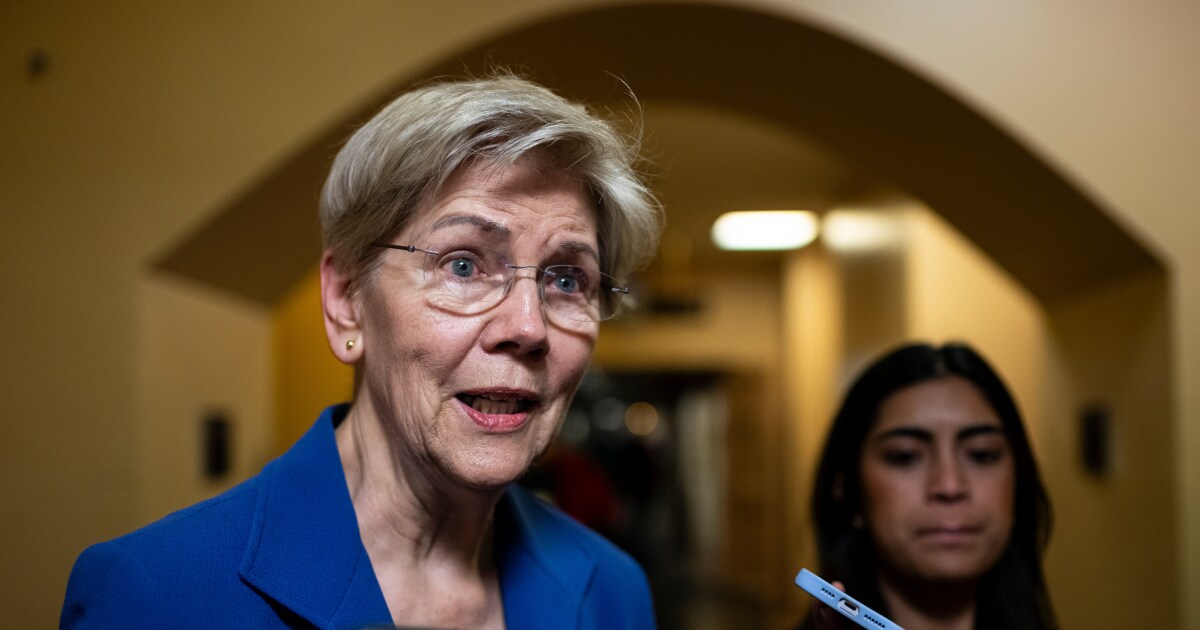
The 10-year Treasury yield crossed 5% for the first time in 16 years, propelled by expectations the Federal Reserve will maintain elevated interest rates and that the government will further boost bond sales to cover widening deficits.
The yield rose 11 basis points to 5.02%, the highest since 2007. Fed Chair Jerome Powell suggested last week that central bankers are inclined to hold rates steady at their November meeting, but remain open to hiking again if a resilient economy fans inflation risks.
"If the Fed is being cautious on moving front-end rates higher again at a time when growth is still resilient and inflation sticky, the market is left with no alternative but to reflect it in long-end rates," Rohan Khanna, head of European rates strategy at Barclays Plc wrote in a client note Monday.
Also undermining bonds are mounting concerns regarding the sustainability of the government's burgeoning budget deficits, which will likely force the U.S. Treasury to keep increasing the supply of bills and bonds. Having boosted the size of its quarterly bond sales for the first time in 2 1/2 years in August, Secretary Janet Yellen's department is now readying its November refunding.
The double-whammy of the Fed and Treasury has crushed the hopes of many that 2023 would prove to be the "year of the bond." More recently, it's proved powerful enough to offset haven flows into U.S. debt as the Israel-Hamas conflict reignited geopolitical worries.
Steepening Pressure
The selloff over the past two months has been driven by long-dated bonds, which are more vulnerable to an extended period of elevated rates and robust growth. U.S. consumer prices advanced at a brisk pace for a second month in September and economic data continues to point to a resilient economy.
The rout has dragged yields in Europe higher too. The yield on German and UK 10-year bonds jumped 8 basis points Monday, back toward multi-year highs.
"While levels look attractive in the near term, investors are likely to continue waiting for catalysts (such as geopolitical risks or slowing data) rather than catching the falling knife amid technical weakness," Gennadiy Goldberg and Molly McGown, strategists at TD Securities wrote in a recent note. "This could keep rate volatility extremely high in the near-term."
Still, 10-year Treasuries above 5% are a buy for Morgan Stanley Investment Management, which sees yields overshooting the firm's fair value above that level.
Psychological Level
The rise in the global bond benchmark above the psychological level of 5% underscores investors' assumption that the Fed and fellow central banks are unlikely to cut borrowing costs quickly amid sticky inflation, even in the event that they soon call a halt to rate hikes.
Another emerging threat to Treasuries is the changing composition of the market. The Fed is reducing its bond holdings via quantitative tightening, while the holdings of foreign governments such as China's are waning. In their place, hedge funds, mutual funds, insurers and pensions have stepped in.
The fact that they are less price-agnostic than their predecessors is leading to the revival of the the so-called term premium for bond pricing. That's where investors seek higher yields to compensate for the risk of holding longer-dated debt.
The Treasury market remains on course for an unprecedented third year of annual losses.
Higher borrowing costs may ultimately serve as a brake on the US economy, helping the Fed's inflation fight. The average rate on a 30-year fixed mortgage soared to around 8% in recent weeks, while the cost of servicing credit card bills, student loans and other debts has also climbed as market rates rose.
Powell echoed some of his colleagues by saying a sustained rise in yields could "at the margin" lessen the pressure for tighter monetary policy.



